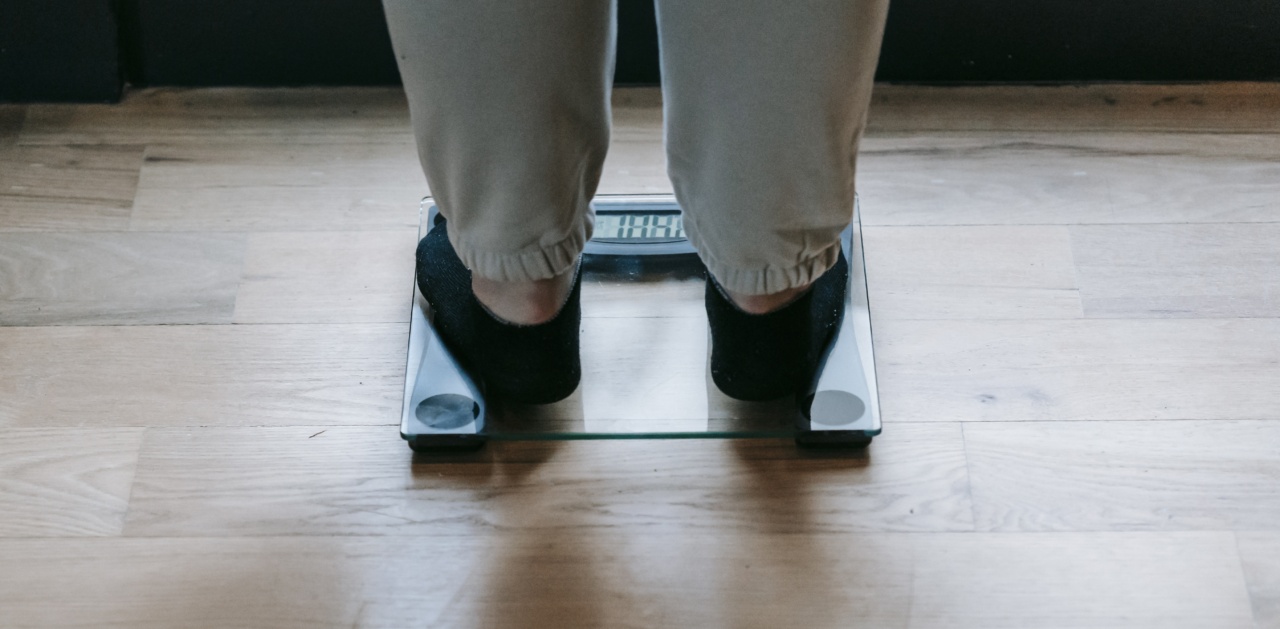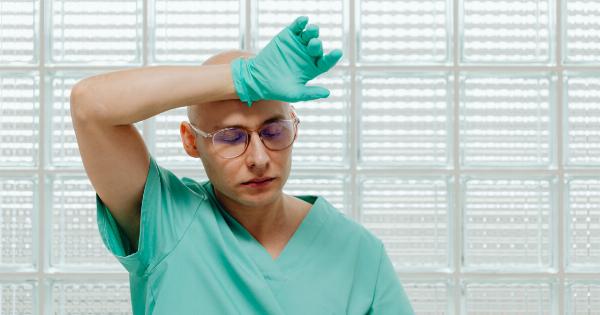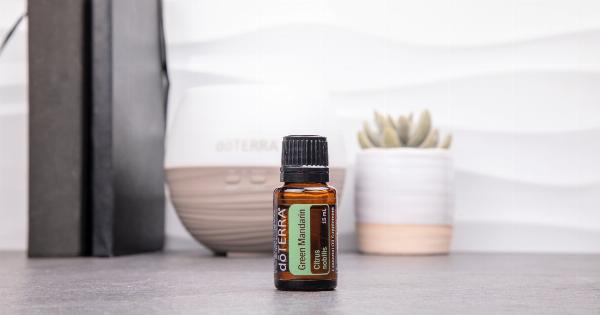Excessive sweating or hyperhidrosis is a medical condition that affects millions of people worldwide. It is a condition in which the body produces more sweat than required to cool the body.
Sweat is essential for the body to regulate temperature, but excessive sweating can cause embarrassment, discomfort, and even psychological problems. In this article, we will explore the different types of hyperhidrosis, symptoms, causes, and treatments available to manage this condition.
Types of hyperhidrosis
Hyperhidrosis can be categorized into two main types: primary and secondary.
: Primary hyperhidrosis
Primary hyperhidrosis is a hereditary condition. It manifests as excessive sweating in specific areas of the body, such as the hands, feet, armpits, and face.
This type of hyperhidrosis is not caused by any underlying medical condition, and patients usually experience sweating during activities such as exercise or heat exposure.
: Secondary hyperhidrosis
Secondary hyperhidrosis is caused by an underlying disease, infection, or disorder. This condition can cause excessive sweating all over the body and is usually accompanied by other symptoms, such as fever, weight loss, fatigue, or a rapid heartbeat.
Symptoms of hyperhidrosis
The most common symptoms of hyperhidrosis include:.
- Visible sweating that soaks through clothing or causes stains
- Frequent sweating that interferes with daily activities, such as working, studying, or socializing
- Sweating that occurs at any time, even in cooler temperatures or when at rest
- Skin irritations, such as fungal infections, due to prolonged sweating
- Emotional distress and social anxiety due to sweating
Causes of hyperhidrosis
The exact cause of primary hyperhidrosis is unknown, but it is believed to be a genetic condition that affects the body’s sweat production mechanism.
However, secondary hyperhidrosis can be caused by various underlying medical conditions, such as:.
- Diabetes
- Hyperthyroidism or hypothyroidism
- Menopause
- Cancer
- Infections, such as tuberculosis or HIV
Pregnancy, obesity, anxiety, and certain medications can also trigger hyperhidrosis.
Treatments for hyperhidrosis
There are several treatments available to manage hyperhidrosis, depending on the type, severity, and underlying cause of the condition. The common treatments include:.
: Antiperspirants
Antiperspirants are products that block or reduce sweat production. They can be applied to the affected areas, such as the armpits, hands, or feet. Stronger antiperspirants may require a doctor’s prescription.
: Medications
Oral medications, such as anticholinergics, can help reduce sweating. However, they may cause side effects, such as dry mouth, blurred vision, or constipation.
: Botox injections
Botox injections can be applied to the affected areas to block the nerve signals that trigger sweat production. Botox injections need to be repeated every 4 to 9 months.
: Surgery
In severe cases, surgery may be required to remove sweat glands or cut the nerves that trigger sweating. However, surgery is usually a last resort due to the potential risks and complications.
Prevention of hyperhidrosis
Although hyperhidrosis cannot be prevented, there are several steps that can help manage the condition, such as:.
- Wearing loose, breathable clothes made of natural fabrics
- Avoiding tight clothes or shoes that can trap sweat
- Using antiperspirants on a regular basis
- Keeping the affected areas clean and dry, especially after exercise or heavy sweating
- Avoiding triggers that can exacerbate the condition, such as spicy foods, caffeine, or alcohol
Conclusion
Excessive sweating can be a concern for many people, especially if it interferes with daily activities or causes embarrassment or discomfort.
Hyperhidrosis is a medical condition that requires proper diagnosis and management to prevent complications or psychological distress. Treatment options include antiperspirants, medications, Botox injections, or surgery, depending on the type and severity of the condition.






























